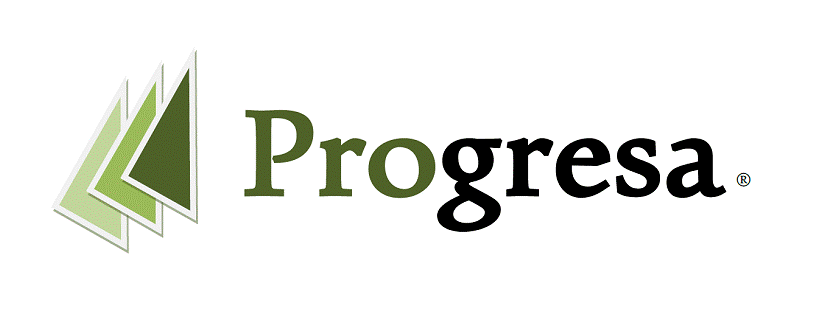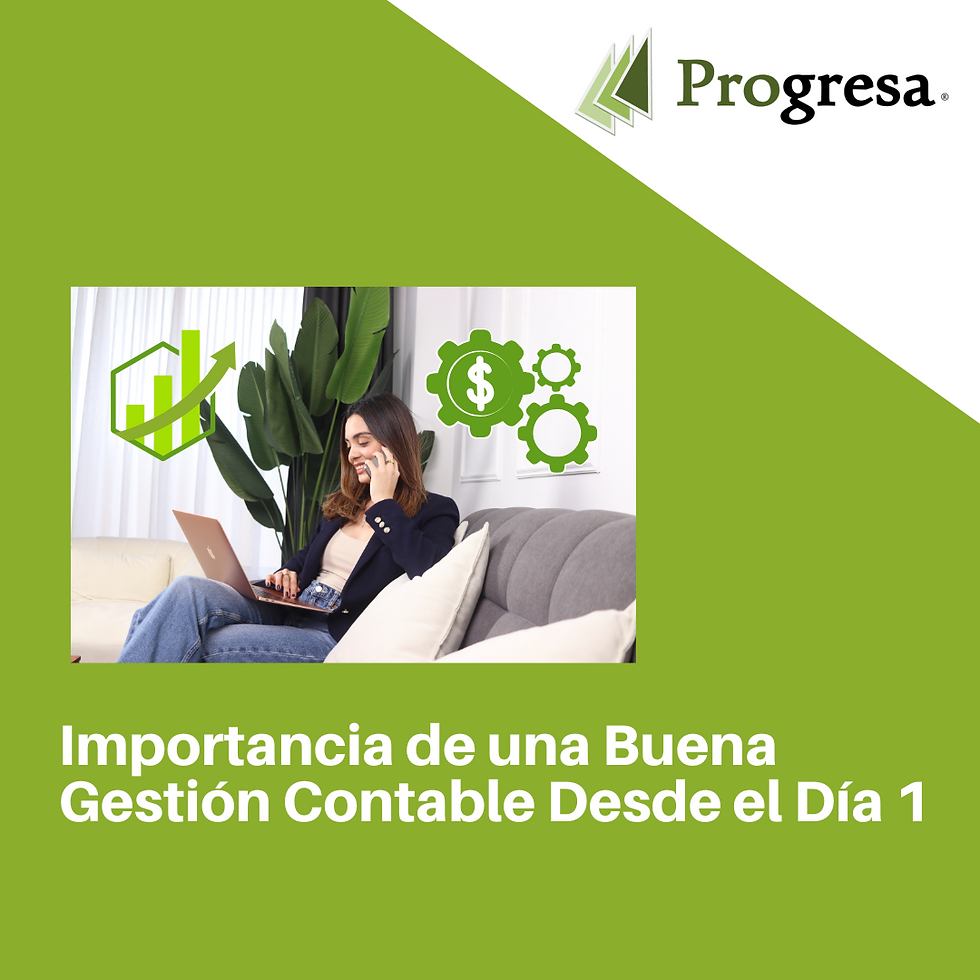Summary of the Coronavirus Aid
- Progresa

- Mar 31, 2020
- 7 min read

The following is a summary of the Coronavirus Aid, Relief, and Economic Security (CARES) Act:
This post summarizes the developments of the most massive stimulus bill in American history, the Coronavirus Aid, Relief, and Economic Security (CARES) Act. The CARES Act will provide billions of dollars of relief to individuals, businesses, state and local governments, and the health care system suffering the impact of the COVID-19 coronavirus in the United States. Even though the program passed as a $2.2 trillion program, the impact is closer to $7 trillion based on direct relief, grants, and government-supported loans. Some of the key provisions include:
Tax Cuts for business and individuals – approximately $300 billion
· A refundable 50 percent payroll tax credit for businesses affected by the coronavirus, to encourage employee retention. Employers would also be able to defer payment of those taxes if necessary. This retention tax credit is for eligible employers that continue to pay employee wages while their operations remain fully or partially suspended as a result of specific COVID-19-related government orders
Loosened tax deductions for interest and operating losses
Suspension of penalties for people who tap their retirement funds early
Tax write-offs to encourage charitable deductions and encourage employers to help pay off student loans
Businesses and other employers’ programs
Over $400 billion in grants for industry sectors include airlines and travel, hospitals, and education
Nearly $400 billion to support American small businesses for essentials like salaries, occupancy costs, and utilities
Provisions that impact small business most
Employee Retention Payroll Tax Credit
Employers who are at risk for closure due to COVID-19 can receive a payroll tax credit against eligible payroll taxes for each calendar quarter equal to 50% of the qualified wages paid to each employee. The credit is available for an employer whose operations were fully or partially suspended due to a COVID-19 related shut-down order from an appropriate governmental authority, or if gross receipts declined by more than 50% when compared to the same quarter in the prior year
The eligible wages for an employee are up to $10,000 for all calendar quarters. Qualified wages include wages and health benefits paid to an eligible employee
This credit is also available to nonprofit organizations
Employers taking advantage of other credits or taking a small business interruption loan are not eligible for this credit
Delay of Employment Tax Payments
Deferral of the employer portion of payments of certain payroll taxes
The Act allows employers and self-employed individuals to defer payment of the employer share (6.2%) of the Social Security tax on wages through the end of 2020. Fifty percent of the deferred tax payments will be due by December 31, 2021, and the remaining portion due by December 31, 2022. Businesses who have debt forgiven from Payroll Protection Program loans (covered below) are not allowed to delay their payments
Net Operating Loss/Excess Business Loss Changes
Modification of net operating loss (NOL) and limitation on losses rules and deduction limitation on business interest
The Tax Cuts and Jobs Act limited net operating loss deductions. The CARES Act has amended those provisions to allow net operating losses incurred in 2018, 2019, and 2020 to be fully deductible, without the 80% limitation. The net operating losses from 2018, 2019, and 2020 are also allowed to now be carried back five years to allow businesses to claim refunds of taxes paid in prior years
Owners of pass-through entities are no longer subject to excess business loss provisions for 2018, 2019, and 2020. They will be able to take full advantage of pass-through losses, as available
Business Interest Deduction
The Tax Cuts and Jobs Act had limited the deductibility of business interest to 30% of taxable income. The allowable deduction under the CARES act has been increased to 50%
Qualified Improvement Property
Businesses will be able to write off all of the costs of certain interior renovations as 15-year property and eligible for expensing in nonresidential real property instead of using straight-line depreciation over a 39-year period
Qualified improvement property technical correction, allowing qualifying interior improvements of buildings to be immediately expensed rather than depreciated over 15 years
Economic Injury Disaster Loans (EIDL), some information below
SBA Payroll Protection Program (PPP) under the CARES Act, covered next
SBA Express Bridge Loan (EBL)
SBA Regular 7(a) Loan Program
The Paycheck Protection Program will provide nearly $350 billion in loans and loan guarantees for the covered period of February 15, 2020, through June 30, 2020. Note that the use of PPP eliminates the use of SBA Economic Injury Disaster Loan (EIDL) below.
It will cover payroll costs (up to annual amounts of $100,000); continuation of group health care benefits; employee salaries, commissions, or similar compensation; mortgage payments; rent; utilities; and interest on any other debt obligations incurred before the covered period
It will extend eligibility to companies of 500 employees or less and 501(c)(3) nonprofits, veterans’ organizations, and tribal small business concerns
Sole-proprietors, independent contractors, and other self-employed individuals may also participate
Loan forgiveness is available up to the principal amount of the financing
Loan forgiveness would be reduced for employers who lay-off workers or reduce employee compensation except where employers rehire workers or pay additional wages to tipped workers
Loan forgiveness is available for payroll costs, mortgage interest rent, and utility payments
Forgiven loan amounts will not be included as gross income
The general formula is the lesser of the average total monthly payments for payroll costs during the one year before the date the loan is made, multiplied by 2.5; or $10 million
The CARES Act includes a “Marshall Plan” for the health care system to help provide needed treatment during the pandemic and financial assistance to state, local, tribal and territorial governments, as well as to private nonprofits providing critical and essential services
$150 billion for state, local and Native American tribal governments
$100 billion for hospitals and other elements of the healthcare system
$16 billion for ventilators, masks, and other medical supplies
$11 billion for vaccines and other medical preparedness
$4.3 billion for the U.S. Centers for Disease Control and Prevention
$45 billion in disaster relief
$30 billion for education
$25 billion for mass-transit systems
$10 billion in borrowing authority for the U.S. Postal Service
$1 billion for the Amtrak passenger rail service
$10 billion for airports
Economic Injury Disaster Loan
· $4.5 trillion in loans to businesses, states and cities that can’t get financing through other means
· The SBA Disaster program has been authorized and the SBA is actively taking applications at www.sba.gov/disaster
· Expansion of the ways the Small Business Administration (SBA) can help small businesses, including allowing qualified SBA lenders to loan money directly to eligible customers, but there will be limited funding. Now is the time to call your qualified SBA lender and begin the process of gathering financial and tax records
· The loans are available to small businesses, small agricultural cooperatives, small aquaculture businesses, and most private nonprofits. The loans come directly through the SBA, not through banks.
· The loans offer working capital loans for payroll, accounts payable, and other bills that could have been paid had the disaster not occurred; could be used to pay fixed debts
· Applicants need to show they have suffered working capital losses due to the coronavirus disaster
· The SBA will do an internal test to determine eligibility, so applicants do not need to produce any bank documentation for their application
· 95% of the loans previously issued have been for $500,000 or less but can go up to $2 million. The SBA will determine the loan amount
· Loans up to $2 million are to be repaid over 30 years at 3.75% fixed rate; payments deferred over the first 12 months
· Must be small business per SBA size standards
· Loans > $25,000 require collateral
· WHO is eligible: Businesses with less than 500 employees. Multi-location restaurants with more than 500 employees, but no single location with more than 500 employees will be eligible
· WHAT Loan Amount: 2.5 times your average monthly payroll costs limited to $10 million. 10-year loan with an interest rate of 4.0% or lower. No prepayment penalties. (Further definition of payroll costs will be defined, but 1099 contractors are included in this calculation). Loan Forgiveness is included: the amount of the loan used to pay for payroll, rent, utilities, and mortgage interest from February 15, 2020, through June 30, 2020, will be forgiven. The debt forgiven will not be considered taxable income.
WHEN: Mnuchin said in a press conference that these loans should be available Friday, April 3, 2020
WHERE: Any FDIC insurance bank or federally insured credit union will be able to provide these loans. These loans will be SBA loans, but you do not need to go through an SBA bank or the SBA website to access these loans. We do know which banks will be participating at this time
HOW: We don’t know what documentation will be required precisely but be prepared to have payroll tax returns and payroll reports from 2019 and YTD 2020 available to calculate your eligibility and the amount of the loan. We recommend that you start getting your payroll records together so you can get in front of the line once this program starts
Additionally, there is no personal guarantee required on any of the loans. They are 100% insured by the Federal Government
Recovery rebates of up to $1,200 for singles, $1,200 for heads of households, and $2,400 for married couples filing jointly — families with children under 17 will also receive an additional $500 per qualifying child. Payments would be phased out for those earning more than $75,000 a year. Those earning more than $99,000 would not be eligible. These phase-out numbers double for married couples. The only people excluded are those who are behind on child support payments
Expansion of unemployment benefits, including for self-employed and gig-economy workers
Jobless workers receive an extra weekly boost from the federal government of $600/week in addition to state aid. Self-employed workers, independent contractors and those who typically don’t qualify for unemployment benefits would be eligible
Unemployment benefits, which run out after six months in most states, will be extended for an additional 13 weeks
Waiver of the 10% penalty on COVID-19-related early distributions from IRAs, 401(k)s and specific other retirement plans
Expansion of charitable contribution tax deductions
Exclusion for certain employer payments of student loans




Comments